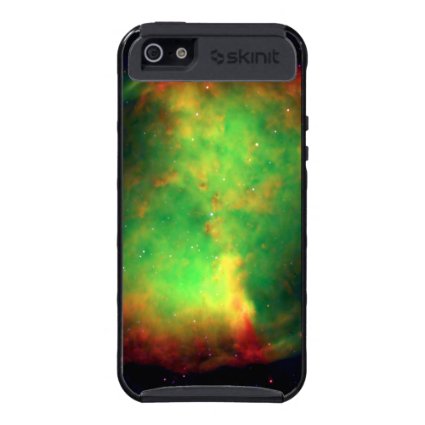another talented creative from the Zazzle community!
tagged with: inspirational, dmbblneb, vulpecula constellation, intense ultraviolet radiation, european southern observatory, messier 27 ngc 6853, hubble astronomy images, outer space pictures, universe exploration, hubble space photography, eso, vista
Galaxies, Stars and Nebulae series A great photo from deep space featuring the Dumbbell Nebula - also known as Messier 27 or NGC 6853. It's a typical planetary nebula and is located in the constellation Vulpecula (The Fox).
The distance is rather uncertain, but is believed to be around 1,200 light-years. It was first described by the French astronomer and comet hunter Charles Messier who found it in 1764 and included it as no. 27 in his famous list of extended sky objects.
Despite its class, the Dumbbell Nebula has nothing to do with planets. It consists of very rarefied gas that has been ejected from the hot central star (well visible on this photo), now in one of the last evolutionary stages. The gas atoms in the nebula are excited (heated) by the intense ultraviolet radiation from this star and emit strongly at specific wavelengths.
This image is the beautiful by-product of a technical test of some FORS1 narrow-band optical interference filters. They only allow light in a small wavelength range to pass and are used to isolate emissions from particular atoms and ions.
In this three-colour composite, a short exposure was first made through a wide-band filter registering blue light from the nebula. It was then combined with exposures through two interference filters in the light of double-ionized oxygen atoms and atomic hydrogen. They were colour-coded as “blue”, “green” and “red”, respectively, and then combined to produce this picture that shows the structure of the nebula in “approximately true” colours.
more items with this image
more items in the Galaxies, Stars and Nebulae series
Image code: dmbblneb
ESO/J. Emerson/VISTA www.eso.org
Reproduced under the Creative Commons Attribution 3.0 Unported license.
»visit the HightonRidley store for more designs and products like this

No comments:
Post a Comment